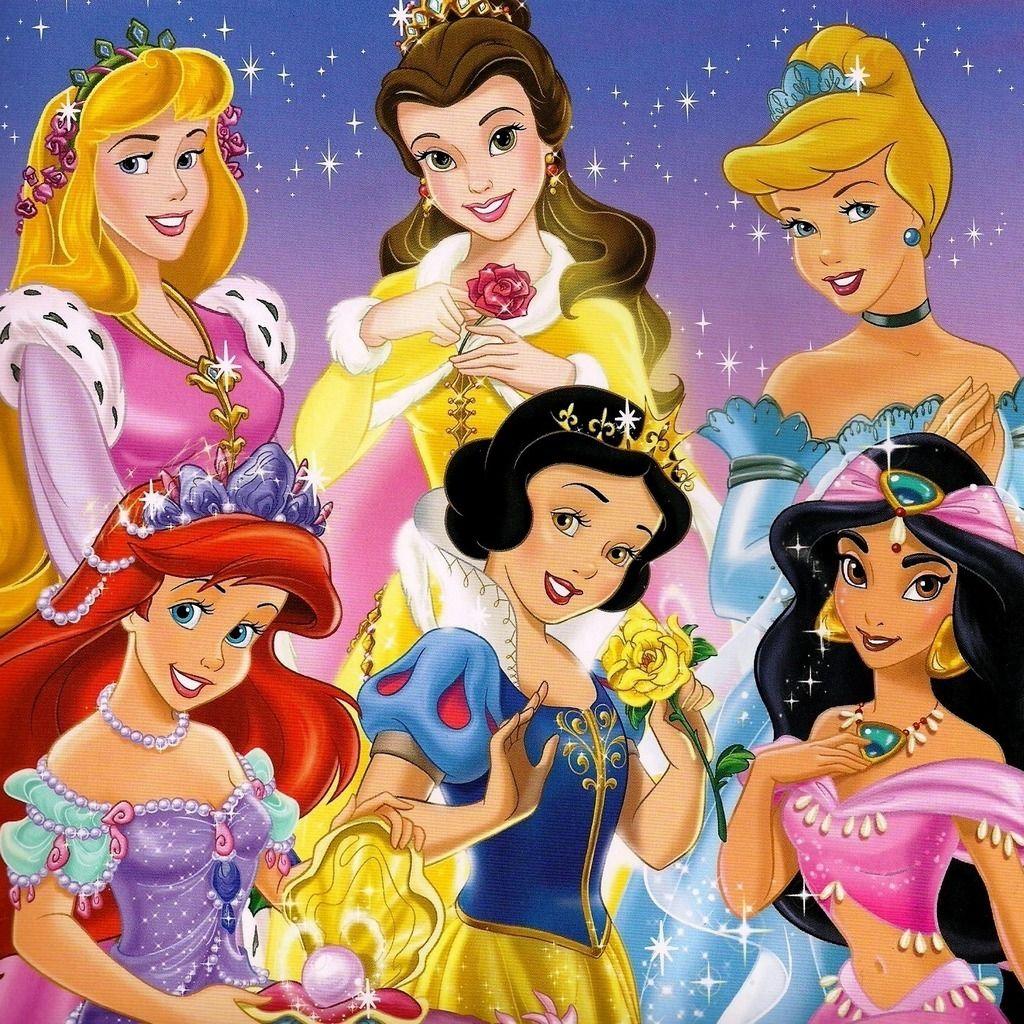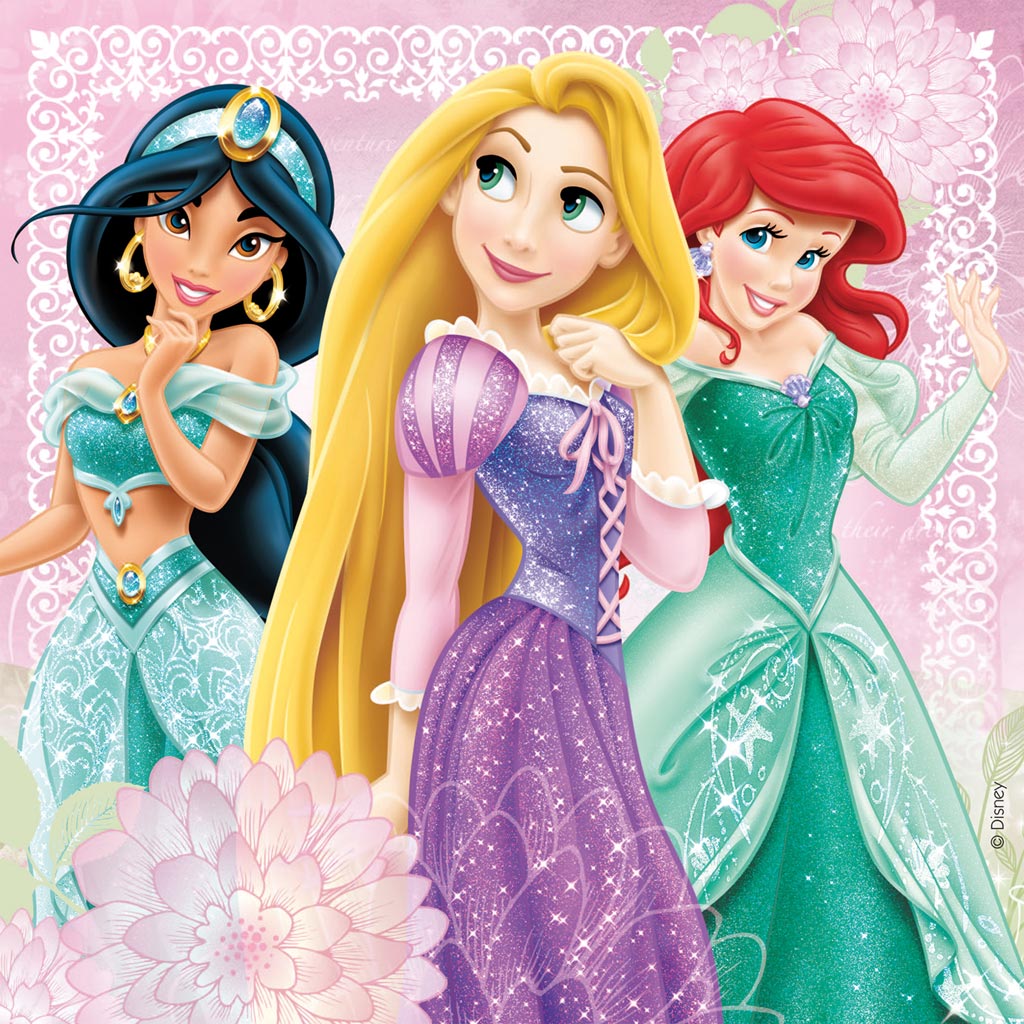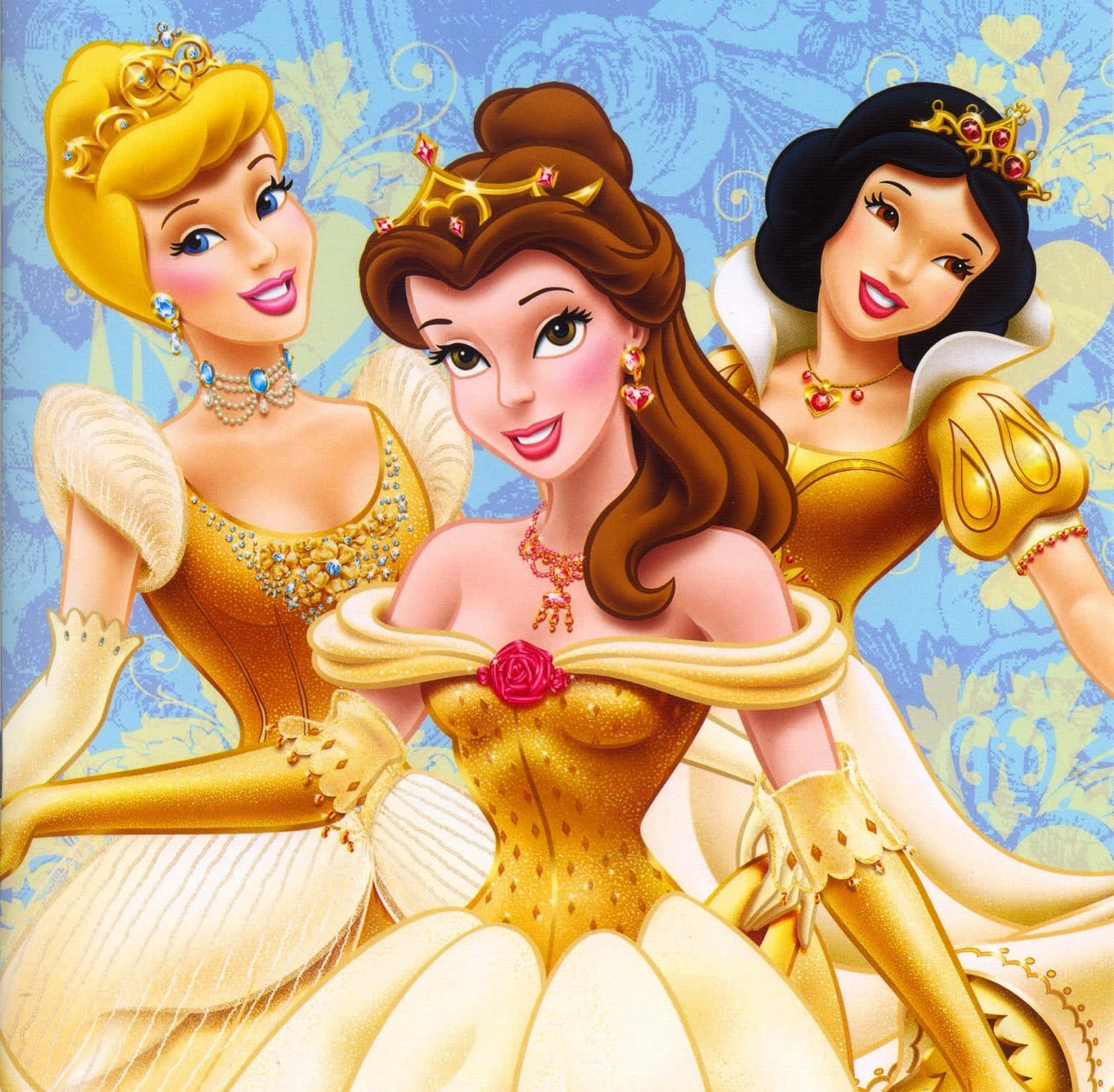How Is Princess Catherine Doing - A Look At Public Perception
There's a lot of talk, it seems, about people who hold prominent positions, particularly those in the public eye. When someone like Catherine, the Princess of Wales, steps back a bit from her usual duties, it is almost natural for folks to wonder what is going on. Questions about her well-being, about how she is managing things, truly do come up quite often. It is a sign, perhaps, of the general interest people have in figures who represent a nation or a way of life.
This curiosity, you know, it tends to spread very quickly, especially with all the ways we share news these days. It is not just about a person's private life, but rather about the role they play, and the kind of presence they maintain for a whole country. So, when people ask, "how is Princess Catherine doing," they are often looking for more than just a simple health update; they are looking for reassurance, or perhaps just a sense of what the future might hold for someone so visible. It is, in a way, a collective thought about a public figure.
The way we speak about people in high places, too, shapes what we think and feel. The words we pick, the titles we use, even the tone of a statement, can really change how a message comes across. It is like when we use a short form for a name, say "lil'" for "little," or a formal address like "milady"; these choices, they carry their own kind of weight and history. So, when we talk about how Princess Catherine is doing, the language itself becomes part of the ongoing story, influencing how everyone understands her situation and her public role.
Table of Contents
- A Glimpse into the Life of Catherine, Princess of Wales
- What Do We Mean When We Ask - How is Princess Catherine Doing?
- The Language of Royal Status - How is Princess Catherine Doing in the Public Eye?
- Historical Echoes in Addressing Royalty - How is Princess Catherine Doing Through Time?
- The Public's Gaze and Private Lives - How is Princess Catherine Doing with Scrutiny?
- Words and Their Weight - What Does It Mean for How is Princess Catherine Doing?
- Beyond the Headlines - What We Perceive About How is Princess Catherine Doing
- The Ongoing Conversation About How is Princess Catherine Doing
A Glimpse into the Life of Catherine, Princess of Wales
Catherine Elizabeth Middleton, as many people know her, stepped into a truly prominent position when she married Prince William. She became the Duchess of Cambridge, and then, later, the Princess of Wales. Her journey from a regular upbringing to a life of royal duties is one that many find quite compelling. She has, you know, taken on a good number of charitable causes, often focusing on things like early childhood development and mental well-being. She is often seen at public events, meeting people, and representing the Royal Family. Her presence is, in a way, a familiar sight for many across the globe. She seems to carry out her various tasks with a quiet dedication, often appearing composed and approachable, which really does make her a well-liked figure. People often watch her with a certain kind of interest, wondering about her day-to-day existence, and how she manages all the demands of her role. It is a life that, in some respects, is very much on display, yet also holds its own private moments, too.
Personal Details and Bio Data
| Full Name | Catherine Elizabeth Middleton |
| Current Title | Princess of Wales |
| Spouse | Prince William, Prince of Wales |
| Children | Prince George, Princess Charlotte, Prince Louis |
| Date of Birth | January 9, 1982 |
| Place of Birth | Reading, Berkshire, England |
| Education | University of St Andrews |
| Public Role | Senior working member of the British Royal Family |
What Do We Mean When We Ask - How is Princess Catherine Doing?
When people pose this question, it is more than just a simple check-in, is that right? For a figure like the Princess of Wales, the query carries many layers of meaning. It is not like asking a neighbor how they are feeling on a casual morning. Rather, it connects to a broader public interest in someone who holds a significant position. The way we address people, you know, like using "Mister" for someone in a specific role, or "milady" from long ago, shows how titles really do shape our expectations and our respect. So, when we ask about how Princess Catherine is doing, we are also, in a way, asking about the stability of the Royal Family, about the continuity of public duties, and about the general state of affairs for someone who represents so much. It is a question that often reflects a collective feeling, a sort of public temperature check on a person who is very much a part of the national story.
This public concern, you see, it comes from a place of connection, even if it is a distant one. People feel like they know her, perhaps because they have seen her at so many events, or read about her work. This creates a kind of bond, where her well-being feels somewhat linked to the national mood. So, the question itself becomes a way for people to express that connection, to show that they care, or simply to stay informed about someone who is, by virtue of her position, a very public person. It is a way of keeping up with someone who is, in some respects, a familiar face in the collective consciousness. The words we use to ask this question, and the words used in response, they really do carry a good deal of importance in how the public perceives the situation.
The Language of Royal Status - How is Princess Catherine Doing in the Public Eye?
The words we choose to describe someone in a royal position, like "Princess," they really do matter. Sometimes, people might use a short form, like "lil'" for "little," when talking about something small or endearing. This is not how one would address a Princess, of course, but it shows how language can shift from formal to informal. In the public eye, Princess Catherine is often seen in a particular light, perhaps as a picture of grace or duty. It is almost as if people have a certain idea of what a "little princess" should be, perhaps from stories or childhood dreams. You know, it is a bit like the idea of someone dressing up "as though she were a little princess," or someone saying "she wishes she were a little princess." This highlights how the public often has an idealized view, a kind of story they tell themselves about royalty. So, when we ask how is Princess Catherine doing, we are often asking how she fits into that public narrative, how she is holding up under the weight of those expectations, and how her real experiences align with what people imagine.
The way her title is used, the formal address, it truly does set her apart. Yet, the public's interest in how she is doing brings her closer, in a way. It is a balance between the distant, formal role and the human desire to know about a person. The conversations, the news reports, the social media posts – they all contribute to a collective picture of how Princess Catherine is doing. This picture, too, is constantly being painted with words, with phrases that can either build up or alter perceptions. So, the language used around her status, the very words chosen, they are key to understanding how the public sees her, and how she is perceived to be managing her life and duties. It is a continuous conversation, shaped by the words we all use.
Historical Echoes in Addressing Royalty - How is Princess Catherine Doing Through Time?
Think about how people used to address those in high places a long, long time ago. The term "milady," for example, came into use back in 1778, partly from French, as a way to speak to or about a noblewoman. This shows, you know, how titles and ways of speaking have their own histories. They are not just random words; they carry centuries of custom and meaning. When we consider how Princess Catherine is doing, we are, in a way, looking at a modern figure through a lens that has been shaped by these old traditions. Her position, her very name, connects her to a long line of royal figures, each addressed with their own specific forms of respect and recognition. The language around royalty, it tends to be quite formal, quite precise, reflecting a deep-seated tradition.
This historical background means that discussions about how Princess Catherine is doing are not just about the present moment. They are also, in some respects, about how her role fits into a continuing story, a narrative that has been unfolding for generations. The way news is shared, the way statements are made, they often echo older forms of communication, even if the tools are new. So, the words chosen to describe her well-being, or her public appearances, they are part of a larger, older conversation about royalty and its place in the world. It is a bit like reading an old book and seeing how the characters are spoken to, and then seeing how those patterns, in a way, still influence how we talk about important people today. The language, you see, carries a lot of that history within it, shaping how we perceive how Princess Catherine is doing now.
The Public's Gaze and Private Lives - How is Princess Catherine Doing with Scrutiny?
Being a public figure, especially one in a royal position, means that your life is pretty much always under observation. Every movement, every statement, every bit of information, it is all subject to intense scrutiny. So, when people ask, "how is Princess Catherine doing," they are also, in a way, asking how she is handling this constant watchfulness. It is a bit like the idea of a "Mister" being tied to a specific position; her title, "Princess," carries with it a certain level of public interest and expectation that is always there. Her personal life, which for most people would remain private, becomes a matter of public conversation. This creates a very particular challenge, where the personal and the public are always intertwined. It is a situation that, you know, requires a lot of composure and a steady approach to life.
The words used to talk about her, whether in official announcements or casual conversations, they are picked apart, analyzed, and sometimes, misunderstood. This constant looking-over-the-shoulder, this feeling of being examined, it can be quite something to manage. The public's desire to know how Princess Catherine is doing is genuine, but the pressure that comes with it is also very real. It is a delicate balance, trying to maintain a sense of personal space while also fulfilling a very public role. The language used by the media, by official channels, and by the public itself, plays a very big part in shaping this environment of scrutiny. It is a continuous push and pull between what is shared and what remains private, all under the watchful eye of the world.
Words and Their Weight - What Does It Mean for How is Princess Catherine Doing?
Every word chosen to describe the well-being of a public figure like Princess Catherine carries a good deal of importance. It is not just about giving information, but about how that information is received and understood. For example, the word "designate" can be used as a noun, referring to someone chosen for a role, not as a verb describing an action. This shows how the precise use of words can really change meaning. So, when official statements are made about how Princess Catherine is doing, the specific terms, the careful phrasing, they are all chosen for a reason. They aim to convey a particular message, often trying to balance openness with the need for privacy. This is, you know, a very careful dance with language.
The public, too, interprets these words in their own ways. What one person hears as reassuring, another might hear as vague. This is where the weight of words truly comes into play. The way something is phrased can lead to different interpretations, different feelings, and different levels of public concern. It is a bit like how a singer might say "get up offa that" in a song; it is a particular way of speaking that carries a certain feel. In the context of royal communications, every phrase, every subtle hint, is weighed for its impact on public perception. So, the language used about how Princess Catherine is doing is not just informative; it is also, in a way, shaping the ongoing public conversation, guiding how people think and feel about her current situation.
Beyond the Headlines - What We Perceive About How is Princess Catherine Doing
When we read headlines or hear news reports, what we take away about how Princess Catherine is doing is often shaped by more than just the plain facts. It is about how those facts are presented, the tone of the articles, and the general mood of the public discussion. People tend to form their own ideas, their own pictures, based on what they hear and see. This can sometimes create a gap between what is actually happening and what people believe to be true. It is a bit like the difference between someone saying "she dressed herself up as though she were a little princess" and the reality of her life; there is a perception, a story, that gets built around the person. This perceived reality can be very powerful, even if it is not completely accurate. So, the way information is put out, the words chosen, they really do guide what we all come to believe about how Princess Catherine is doing.
The ongoing conversation, too, influences these perceptions. What starts as a simple query can grow into a broader discussion, with many different voices contributing. Each new piece of information, each new statement, adds to this collective picture. It is a bit like how we talk about something being "grammatically incorrect"; there is a way things are supposed to be, and then there is how they are actually said or understood by many people. The public's perception of how Princess Catherine is doing is not a fixed thing; it is always moving, always changing, influenced by the latest news and the general feeling in the air. This makes it a very fluid situation, where what people think and feel can shift quite quickly, depending on the information they receive and how it is presented.
The Ongoing Conversation About How is Princess Catherine Doing
The interest in how Princess Catherine is doing is, you know, a continuous conversation, one that never really stops. It is a part of being a public figure, especially one in a royal role. People will always be curious, always want to know, and always want to feel connected to those who represent them. This ongoing discussion is shaped by the language used, by the formal titles, by the subtle hints in public statements, and by the general sentiment expressed across different platforms. It is a testament to the enduring fascination people have with the Royal Family, and with the individuals who make it up. The way we talk about her, the words we pick, they contribute to the story that is always being told about her life and her place in the public eye. It is a story that, in a way, we are all helping to write with our questions and our conversations.
- Jamie Foxx Kids
- Bridgette Wilson Sampras
- Steve Howey Nude
- Mary Kay Letourneau Children
- Deion Sanders Daughter

Disney Princess iPad Wallpapers - Top Free Disney Princess iPad

Disney Princess - Disney Princess Photo (33708180) - Fanpop

Download Princess Pictures | Wallpapers.com